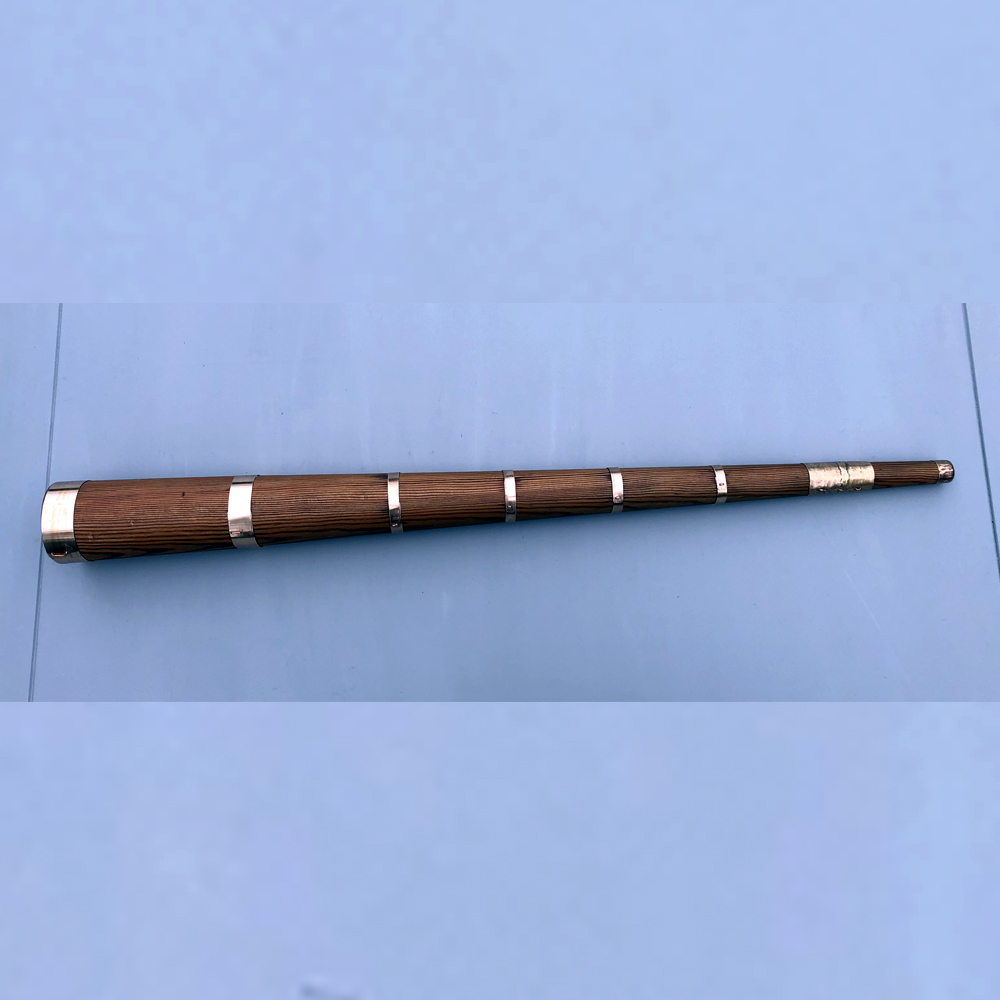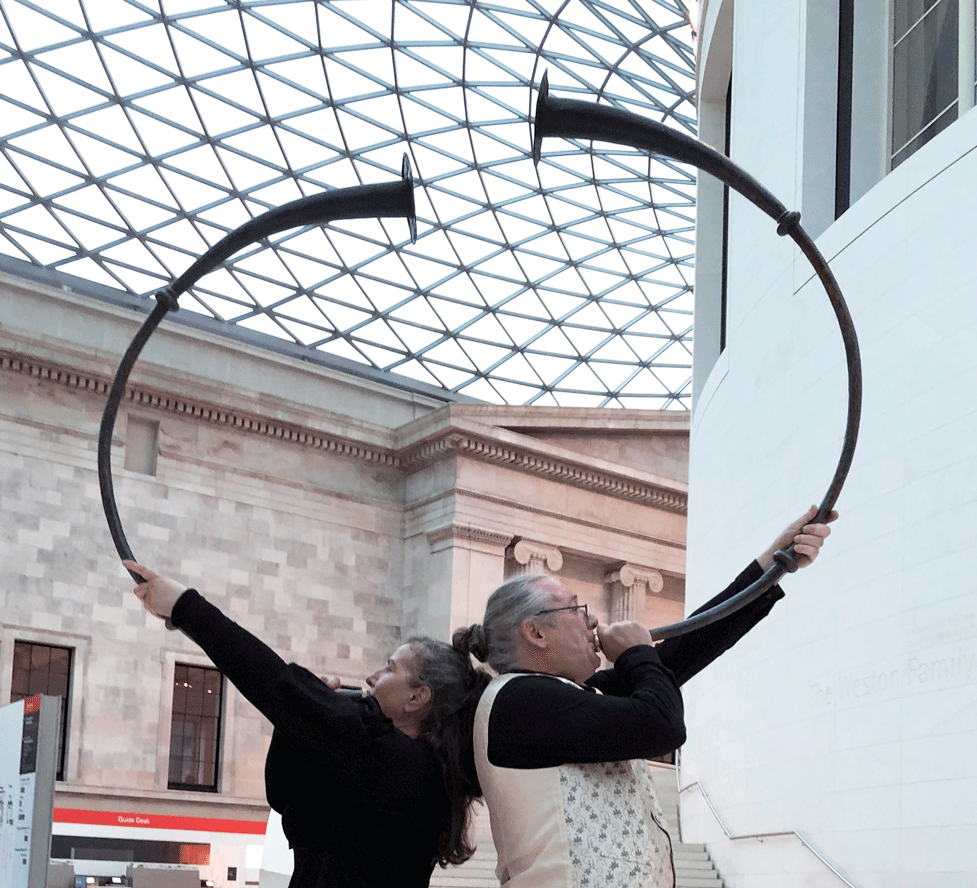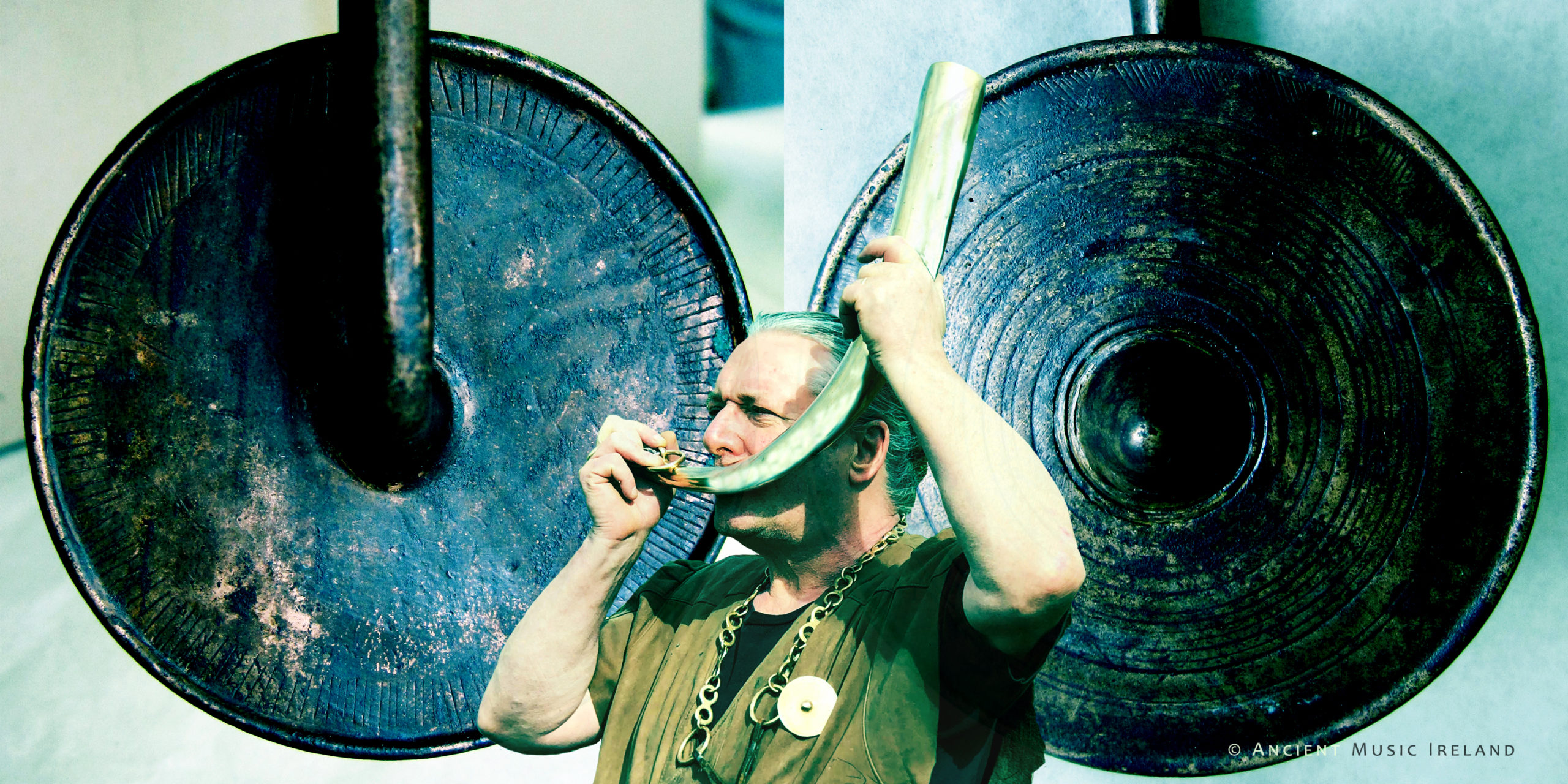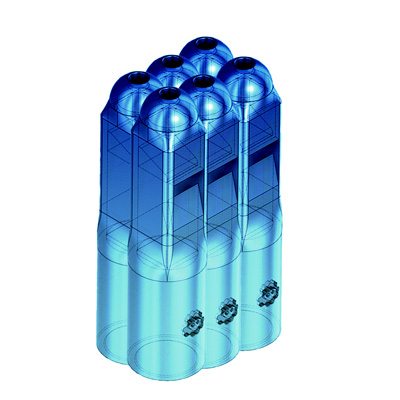
The American Bugle
A wooden bugle reputed to have been made in England circa 1610 apparently went across to America with the Pilgrims led by Miles Standish on the Mayflower in 1620. Our attention was drawn to this wonderful story by Andrew Washburn, Curator, Kentucky Historical Society in January 2021. The legend goes that during the voyage the bugle served as ship’s fog horn. There is mention of it being present at the Boston tea party for use as an alarm that could be sounded to summon help. Two famous battles in the American War of Independence are included in the story. Lexington and Bunker Hill, where the metal band on the bell end was supposedly shot off by an English musket ball. The bugle was played for the surrender of the British under Cornwallis to George Washington at Yorktown in 1781. After the war was over, the old bugle was never lost sight of, it figured conspicuously at the inauguration of General Washington, the first president of the United States, and then it has taken part in the celebration of the election of every president from Washington to Wilson.

Click here to read a newspaper clipping from the Blue Pencil publication circa. turn of the 20th Century. © reference from Taps Bugler website.
Repairs were carried out at some point because of leakage that made it unplayable. Crude rings of animal horn were added. A photograph was taken circa. 1915 of Robert Mannon Bever, the owner at the time, and another more recently of the bugle with red tassels used to hang it on a wall.
Being interested in the possibility that it may be a rare example of an early English bugle, we decided to make a new copy using dimensions as close as possible to the original with given measurements and the photographs. Many years of making reproductions of the ancient Irish wooden wind instruments lent a wealth of expertise for the reproduction of this American bugle. The new one is, as far as we know, the first to be made in modernity. A piece of Scots pine donated by wood expert Jürgen Mantel was used to make this new bugle. This ancient wood had been in the Bog of Allen in Ireland for 6,000 years! The metal bands spaced along the length of the cone shape are made of sheet bronze. They are held with staples mimicking early medieval Irish musical instrument making technology. We named it – ‘An American Bugle’ – Mayflower class – serial number 01.
It was gratifying when musician Mark Nutley who tested it for us, remarked that it was as accommodating as a modern trumpet to play. We were also delighted that he showed the tuning to be a ‘true E’ and that the bugle is accurate within itself. We look forward to ongoing research into The Miles Standish bugle that includes early 17th century English origins with one of the richest most important provenance or life stories of any musical instrument. See the short clip below of the first sounding of the new bugle. A detailed paper of the making of the ‘American bugle – Mayflower class – 01’ will be released shortly on this website.
Simon O’Dwyer July 2021.
References:
Andrew T. Washbourne, Curator, Kentucky Historical Society.
Jari Villanueva, Taps Bugler: Taps Historian and Professional Bugler. https://www.tapsbugler.com/the-miles-standish-wooden-bugle/
The Miles Standish Wooden Bugle – by Taps Bugler on March 9, 2018 – Ruth McCreery. https://www.tapsbugler.com/the-miles-standish-wooden-bugle/
History Sings. Backgrounds of American Music, Hazel Gertrude Kinsella. University Publishing Co., Lincoln, Kansas City, New York. 1957.
Wooden Signal Horns of Southern Appalachia: Provenance and Function. Daniel N. Rolph. Material Culture. Vol 21. No. 3. Fall 1989.





